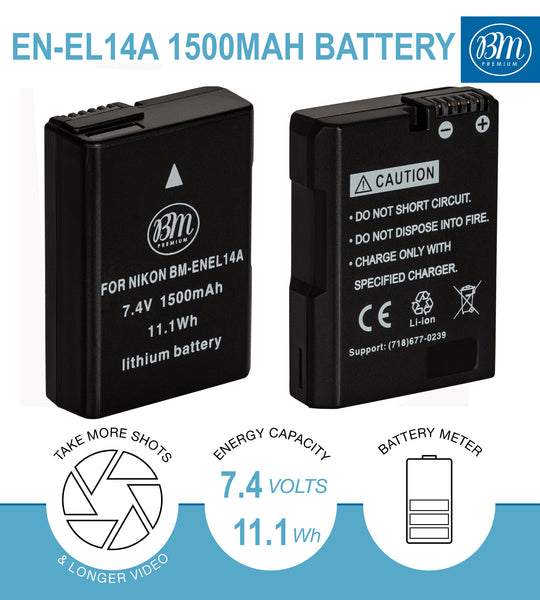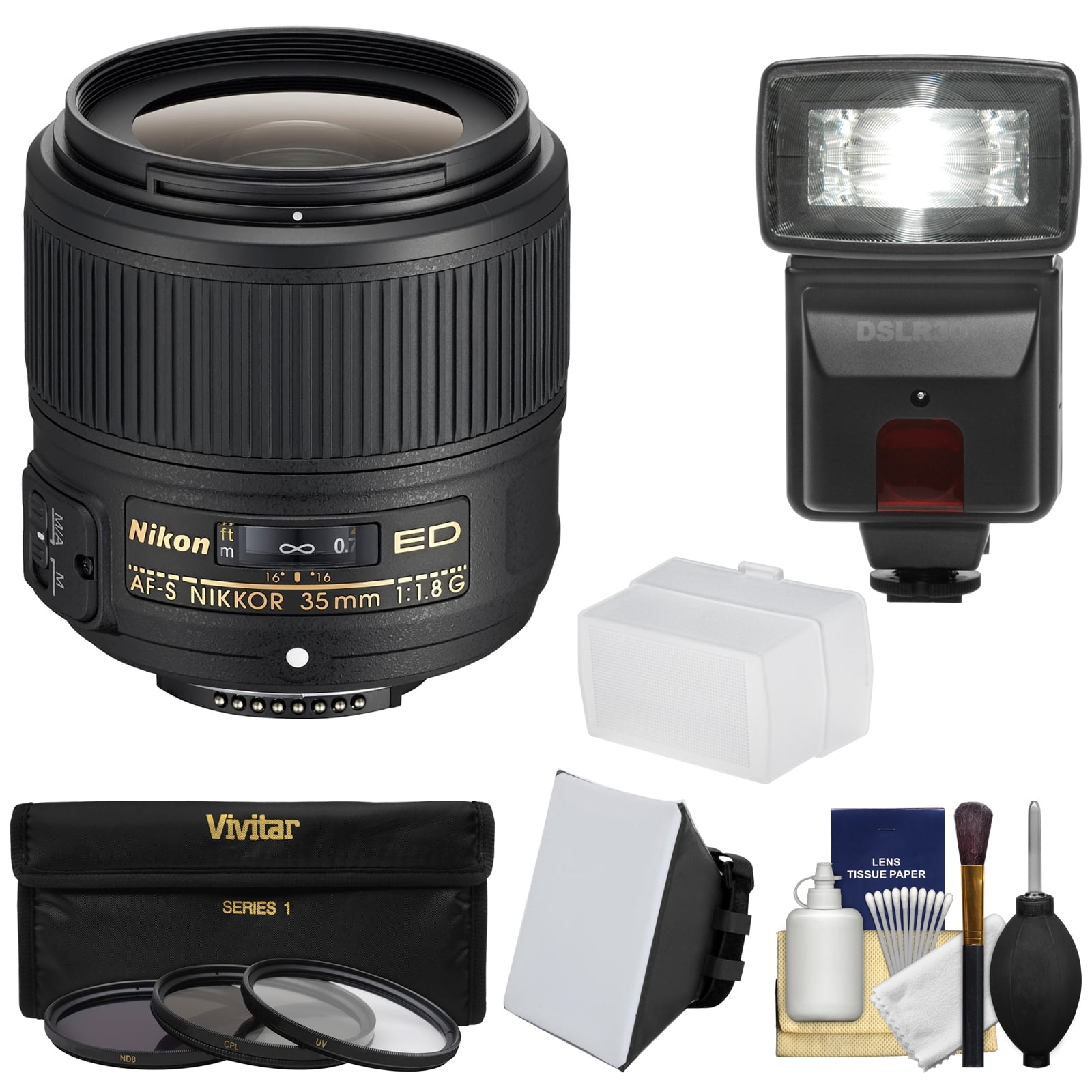

Unlike Canon cameras, where every lens has an autofocus motor, some Nikon lenses, like this 50mm f/1.8, don’t.

Nikon 1 lenses can only be used with Nikon 1 cameras, although F-mount lenses can be used with an adapter.Īny third-party lens designed for Nikon cameras will use the F-mount, though some might be designed just for DX cameras.īefore you get too complacent and think you can use any Nikon lens on any camera, there’s another wrinkle. Nikon also has a mirrorless mount: the Nikon 1 mount. They also use the F-mount so you can use them with your DX cameras as well. Modern Nikon FX DSLRs will automatically crop out the empty image space if they detect you’re using a DX lens, but you will be left with a lower resolution, and potentially lower quality, image.įX lenses are designed to work with the larger FX sensor. A DX lens will still fit on any F-mount camera, however, they won’t be able to fully use the larger sensor. The DX sensor is smaller, so lenses designed just for it don’t need to project as big an image. There are lenses available for each that use the F-mount. Nikon has two sensor sizes: the FX full-frame sensor, used in cameras like the D810, and the DX APS-C sensor, used in cameras like the D500.

There are, however, still a few complications. Unlike Canon, Nikon only has one lens mount: the F-mount, which was introduced in 1959. EF and EF-S lenses can be used with an adapter. EF-M lenses will only work on EF-M cameras. The EF-M mount was created for Canon’s mirrorless cameras such as the M100. An EF-S lens will not work on an EF mount camera, however the reverse is not true-EF lenses work perfectly with EF-S mount cameras. Since the sensor is smaller, the lenses can also be smaller and lighter. The EF-S mount is used by Canon’s crop-sensor cameras such as the 7D Mark II, 80D and 1300D.


 0 kommentar(er)
0 kommentar(er)
